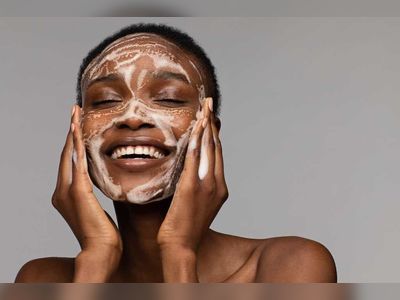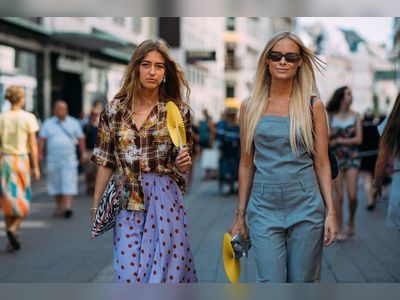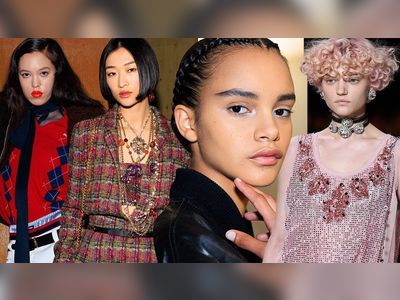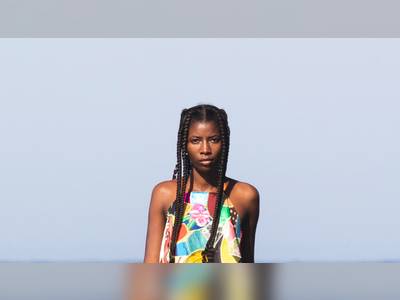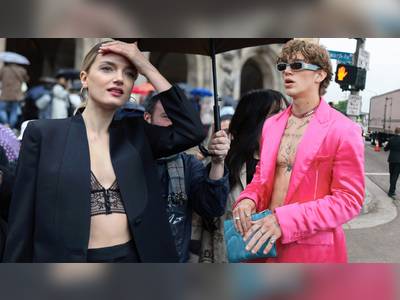"Indians have a longing for that pure, beautiful white skin. It is too deep-rooted in our psyche," said Enakshi Chakraborty, who heads Eskimo India, a modeling agency that brings East European models here. "Advertisers for international as well as Indian brands call me and say, 'We are looking for a gori [Hindi for white] model with dark hair.' Some ask, 'Do you have white girls who are Indian-looking?' They want white girls who suit the Indian palate."
Family elders commonly comment on a newborn baby's color, after checking out the gender. One of the best-selling skin creams in India is called Fair & Lovely. A men's version, Fair and Handsome, was launched last year.
"The Indian mind-set prefers light skin. My pictures are routinely Photoshopped to make me look a bit lighter -- a lot lighter, actually," Riya Ray, 23, a dark-skinned Indian model, said with a laugh. "But when I work in Britain and France, my color is praised as exotic. It is a two-way trend: Indian models are going abroad, and foreign models are coming here."
Advertisers say that white female models appeal to them because they are typically less inhibited than their Indian counterparts when it comes to showing skin and posing in lingerie.
International fashion magazines in India, such as Cosmopolitan, Elle, Marie Claire and Vogue, regularly feature white women in their spreads. The fashion features editor of Vogue's Indian edition, Bandana Tiwari, calls the approach "going glocal," combining the words "global" and "local" to describe the new urban Indian consumer.
"When we put the white model in Indian clothes, it is a cultural exchange. It shows India's economic self-confidence," Tiwari said. "Of course, it also caters to the general feeling that 'fair' and 'beautiful' go together. For a rickshaw-puller who earns 2 dollars a day, seeing a fair-skinned woman is an escape, a fantasy."


